Baby Sleep Training:
5 Common Methods Explained
Where to start when sleep training babies?
To sleep train, or NOT to sleep train?
Wondering what sleep training for babies and toddlers is all about? If you are confused, anxious and are uncertain how to help your baby who just won’t sleep, this overview of 5 of the most common sleep training methods will help you decide if sleep training is right for you and your little one.
What parents need to know about sleep training?
As a parent, if you feel you and your baby are not ready for a formalised sleep training approach simply wait until you are wholeheartedly ready to make changes to your little ones sleep. If your baby’s sleep habits are not a problem for you, ignore the pressure to sleep train. If your little ones sleep habits have caused sleep deprivation for the family, follow a method that feels natural and be consistent throughout the change process.
Small changes can make a massive improvement to your little ones sleep, If you want all the tips and tricks from a baby sleep consultant and are not yet ready to go down the sleep training route then the Baby Sleep E-Guide is a great place to start. This guide is packed with practical advise and relatable examples.
What is baby sleep training?
The term “baby sleep training” is an umbrella term used to describe the vast spectrum of approaches to help a baby learn to fall asleep independently. Sleep training is about building a strong foundation for a future of healthy sleep whilst building trust, confidence and a connection with your child so they know you are there for them if they need you overnight. The goal of sleep training is for a baby to learn to fall asleep on their own and drift back asleep when transitioning between sleep cycles. When this happens, the milestone of a baby sleeping through the night is achieved.
Do I have to stop feeding a baby at night?
NO! Baby sleep training is NOT about ignoring your baby’s needs or instincts as a parent. If your little one still requires a feed overnight, you CAN still feed your baby and start on a sleep training program. Sleep training is about listening to your instincts and using the science of baby sleep to help guide you when responding to your baby. Babies and toddlers go through growth spurts, bouts of separation anxiety, sickness, and developmental leaps, all requiring parents to give their child extra attention overnight.
When to start sleep training?
When a baby is between 4 to 6 months of age, they are very receptive to sleep training. Babies learn incredibly quickly and forming new sleep habits happen very fast between 4 to 6 months of age. A baby’s circadian rhythm has formed at 4 months of age along with an increased awareness of how they are falling asleep. This development achievement means sleep will be more defined and sleep habits, whether good or bad, will start to have an impact on a baby sleeping through the night.
How long does sleep training take?
Babies learn new sleep habits very quickly and parents will notice a significant change with their little ones sleep within a couple of nights. A baby's unique temperament plays an important role in matching a sleep training method that is most suited for their needs. The amount of crying a baby does during the sleep training process is reflective of the child’s age and temperament, the method used and how engrained the little ones current sleep habits are.
Sleep training tips
It is never too late to start implementing healthy sleep habits for your little ones. If you are reading this with your 3-year-old beside you, and you are ready to reclaim your bed, consistency, resolve, and patience are your key ingredients for implementing any sleep training method.
The 5 most common baby sleep training methods
Gradual and Extinction sleep training methods
Baby sleep training methods are categorised as either gradual or extinction.
This list contains 5 of the most common training methods. There are dozens more methods or variations of the below 5 methods that baby sleep consultants use when working with clients.
Gradual and extinction refer to how long the method takes before new sleep habits are formed for the child. The major difference between a gradual or extinction sleep training method is the amount of parental support involved.
Each baby sleep training method has different levels of effectiveness for building a strong foundation for sleep.
Gradual sleep training methods
Gradual sleep training methods take a very slow and gentle approach to forming new sleep habits. Since the purpose is to make changes gradually, these methods take a few weeks to implement and see improvement in a child’s sleep.
Some parents use a gradual method to minimise the stress and anxiety felt by themselves and their child. Minimising the stress does not always happen with these methods due to the child's sensitivity to even the slightest change in their sleep routine.
Two of the most common gradual sleep training methods are the ‘chair method’ and the ‘bedtime fading method’.
Chair method
This training method involves a parent sitting in a chair beside their babies cot until their little one falls asleep. This method can be a dream for some babies and can spell disaster for others. Parents are encouraged to move the chair closer to the door until the day comes when their baby is confident to fall asleep on their own.
Bedtime Fading Method
This method encourages parents to continue to use the same strategies they have been using while slowly pulling back on the support they offer their little one. This gentle approach can take several nights to implement so a baby sleeping through the night will come at a slower pace using this method.
Baby led sleep methods
Baby led sleep methods focus on using a Mother’s intuitions and the child's cues to indicate they are ready for more independent sleep. These methods focus on parent and child attachment and the baby being close to mum and dad often co-sleeping or sleeping in the same room far beyond the newborn age. Since these methods focus on attachment, they do not always see a child sleeping through the night until both mum and baby are completely ready. This method is more of an approach to get sleep for a family then a sleep training method.
Extinction sleep training methods
Sleeping independently is the focus of extinction methods like ‘cry it out’ and the ‘Ferber method’. When parents consistently implement these methods, sleep deprivation is often replaced with a baby sleeping through the night.
A common sleep question parents ask, is when should a baby start sleeping through the night? There is no definite answer to this question as this milestone is different for every child.
Crying it out method
Personally, I am not a fan of this sleep training method. I feel this method does not consider the instincts of a mother nor the mental health of both a baby and their parents. This method is exactly what it says, ‘cry it out’. The method suggests parents place their baby with a full tummy in their cot for the night and do not return until the morning. The doctors who created this approach feel that rescuing a baby from crying only encourages the baby to cry more the following night expecting that they will be rescued again.
Ferber Method
Numerous parents have had success getting their baby to sleep through the night using a gradual extinction approach known as the Ferber method, Ferberization or time checks. The method involves parents continually checking on their little ones while they fall asleep. Parents who follow this method find their baby either gains a sense of security or frustration by the frequent cot side checks this method advises.
As effective as extinction methods are for changing a child’s sleep habits, they are the hardest sleep training methods to implement for families. There are positives and negatives about the Ferber method for baby sleep training and more details on this are listed in a devoted Ferber method blog.
Matching parenting styles with sleep training methods
Why sleep training is such a controversial topic
The topic of baby and toddler sleep is very controversial. The reason for the controversy is because sleep training methods are tightly linked to parenting philosophies.
Two of the main parenting philosophies and parenting movements around the world focus on are Attachment Parenting and Secure Parenting.
Attachment parenting method
Attachment Parenting focuses on keeping babies close to their parents including co-sleeping, breastfeeding and babywearing all the while being very emotionally responsive to the child. The Attachment Parent approach was created by Dr Bill Sears and his wife Martha Sears, a registered nurse and childbirth educator. Their parenting philosophy centres on 8 Principles of Parenting which is the focus of their organisation Attachment Parenting International.
Secure attachment method
Secure Attachment parenting is a philosophy which focuses on the quality of interaction between a parent and their child. This parenting philosophy focuses on attunement and alignment between a baby and their parent. The Circle of Security is the most widely known global parenting approach that is focused on a secure attachment between a child and their parent.
How to sleep train a baby?
Personalised methods work best when sleep training
When asked what sleep training method I use with clients, my response is always, I tailor a training method that will match the child’s unique temperament and Mum and Dad’s parenting style. For sleep training to be successful, the child’s learning needs along with the families level of sleep deprivation, mental health and cultural sensitivities must be considered.
Understanding the impact of sleep training
Spending my career working in education, I understand the logic and reasoning behind every sleep training method. I have worked with children who have been taught each method and I know first-hand the roll-on effects each method has on a child’s ability to cope and manage with their day. The good, the bad and the ugly of sleep training has landed in my lap at some point during my career. I want to help parents understand the difference and impact each sleep training method has on their child.
How can baby and toddler sleep training help?
Baby sleep training can help in the following ways:
Building a foundation for a life time of good sleep
Eliminating sleep regressions
Decoding your baby’s cries
Reducing frequent night waking
Eliminating baby catnapping
Teaching a baby to self-settle
Early morning waking
Eliminating night and day sleep issues
Linking sleep cycles
Weaning off night feeds
Recognising signs of an overtired baby
And more!

